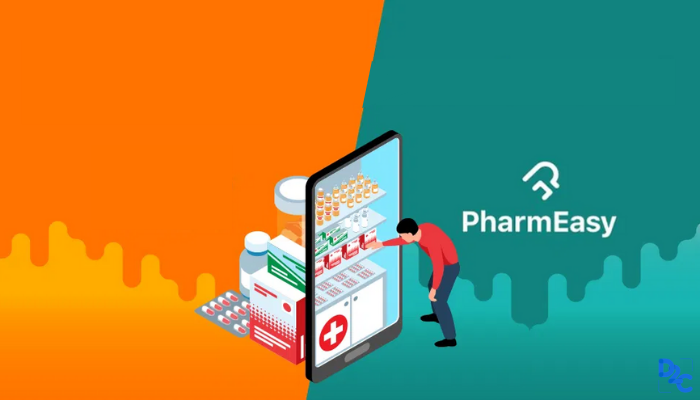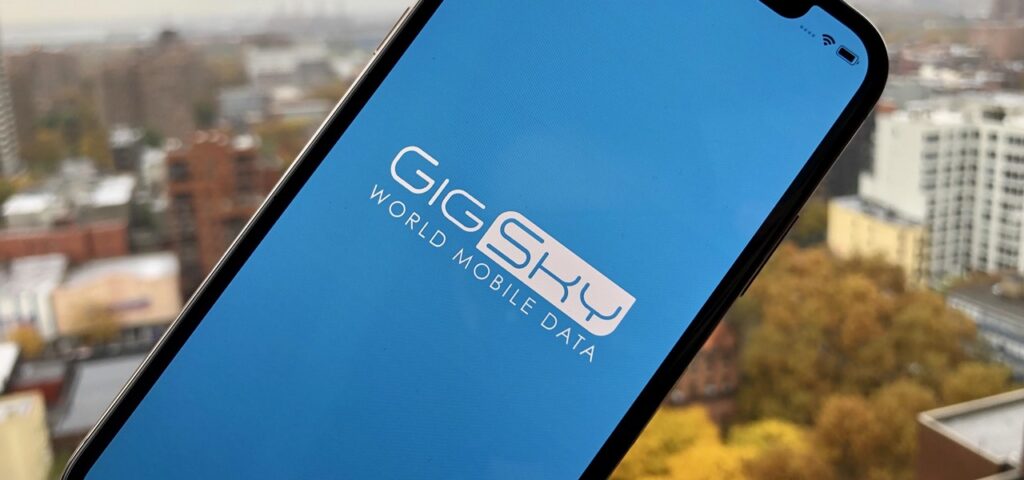In times of financial emergency, when your paycheck seems far away, a payday advance can be your savior. Instant payday advances provide quick access to cash, helping you cover unexpected expenses without the stress of waiting for your next payday. In this blog, we’ll explore the benefits, processes, and tips for effectively using payday and cash advances to navigate financial hurdles.

What is a Payday Advance?
A payday advance, also known as a cash advance, is a short-term loan designed to provide immediate cash to borrowers until their next payday. These loans are typically easy to obtain, requiring minimal documentation and offering fast approval and disbursement.
Key Features of Payday Advances:
- Short-Term Solution: Meant for short-term financial needs, usually repaid within a few weeks.
- Fast Access to Cash: Funds are often available within 24 hours of application.
- Minimal Requirements: Basic eligibility criteria, making it accessible to a wider audience.
Benefits of Instant Payday Advance
Instant payday advances offer numerous advantages for those in urgent need of cash. Here’s why they can be your financial lifesaver:
- Quick Approval and Disbursement: Applications are processed swiftly, with funds available almost instantly.
- Convenient Application Process: Online applications make it easy to apply from anywhere, at any time.
- No Credit Check: Many lenders offer payday advances without a credit check, making them accessible to individuals with poor credit scores.
- Flexible Use: Use the funds for any purpose, from emergency expenses to everyday bills.
How to Secure a Payday Advance
Obtaining a payday advance is straightforward. Follow these steps to secure the cash you need quickly:
- Research Lenders: Find reputable lenders specializing in payday advances. Read reviews and compare interest rates and terms.
- Check Eligibility: Ensure you meet the lender’s basic requirements, such as age, income, and residency.
- Prepare Documentation: Have necessary documents ready, including ID, proof of income, and bank account details.
- Apply Online: Fill out the online application form accurately and submit the required documents.
- Review and Accept: Carefully review the loan terms, including repayment schedule and fees. Accept the offer if you agree with the terms.
- Receive Funds: Once approved, the funds will be disbursed to your bank account, often within a few hours.
Tips for Managing Your Payday Advance
While payday advances provide quick financial relief, it’s essential to manage them responsibly to avoid falling into a debt cycle:
- Borrow Only What You Need: Limit your loan amount to what you can comfortably repay with your next paycheck.
- Create a Repayment Plan: Budget for the repayment to ensure you don’t miss the due date.
- Avoid Rollovers: Rolling over the loan can lead to higher interest and fees, making it harder to repay.
- Communicate with Your Lender: If you face difficulties, contact your lender to discuss possible solutions or extensions.
Conclusion
An instant payday advance can be a financial lifesaver in emergencies, offering quick and easy access to cash when you need it most. By understanding the process and managing your loan responsibly, you can navigate financial challenges and maintain your financial health. Always choose a reputable lender and carefully review the loan terms to ensure the best outcome for your situation.








